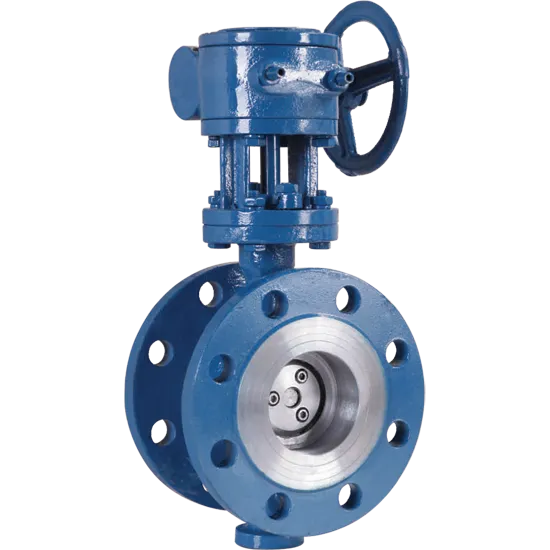turbo flanges
The Importance of Turbo Flanges in Automotive Engineering
Turbo flanges are critical components in the realm of automotive engineering, especially in the development of turbocharged engines. As the demand for high-performance vehicles continues to rise, the significance of turbo flanges cannot be underestimated. These flanges serve as the essential link between the turbocharger and the exhaust system, playing a pivotal role in ensuring optimal performance and efficiency of the engine.
At their core, turbo flanges are designed to facilitate the attachment of the turbocharger to the exhaust manifold or the turbo outlet. This connection is vital as it enables the efficient expulsion of exhaust gases from the engine, which in turn drives the turbocharger. The turbocharger compresses incoming air, allowing for a greater amount of air and fuel mixture to enter the engine. This results in increased power output and better efficiency, which is especially important in today’s competitive automotive market.
There are several types of turbo flanges, each designed to suit different applications and performance requirements. Common flange specifications include T3, T4, and V-band flanges, among others. The choice of flange can significantly affect the installation process, performance characteristics, and even the reliability of the turbo system. For instance, V-band flanges are becoming increasingly popular due to their ease of installation and ability to create a strong, seal-tight connection. This prevents leaks that can lead to performance loss and potential engine damage.
turbo flanges

Material selection is another crucial factor when it comes to turbo flanges. Typically, flanges are made from high-strength materials such as stainless steel or alloy steel, which can withstand the extreme temperatures and pressures generated by turbocharged engines. This durability is essential not only for performance but also for safety; a failure in the turbo flange can lead to exhaust leaks, lost boost pressure, and potentially catastrophic engine failure.
Installation practices also play a significant role in the effectiveness of turbo flanges. Proper alignment and torque specifications must be adhered to during the installation process to ensure a leak-free connection. Mechanics often use gaskets or sealants to enhance the seal between the flange surfaces, further reducing the risk of exhaust leaks. Regular inspection and maintenance of turbo flanges are advisable to detect any signs of wear or damage that might affect performance.
As turbocharging technology continues to evolve, the design of turbo flanges is also advancing. Engineers are constantly seeking ways to optimize flange designs to improve airflow, reduce weight, and enhance overall performance. Innovations such as 3D printing are being explored, allowing for greater complexity in design and potentially better performance outcomes.
In conclusion, turbo flanges play a vital role in the function of turbocharged engines, impacting everything from performance to reliability. As the automotive industry pushes for more powerful and efficient vehicles, understanding the importance of these components becomes increasingly essential for engineers, mechanics, and enthusiasts alike. With advancements in materials and technology, the future of turbo flanges promises to deliver even greater improvements, ensuring that turbocharged engines continue to be a dominant force on the road.
-
The Key to Fluid Control: Exploring the Advantages of Ball Valves in Industrial SystemsNewsJul.09,2025
-
The Versatile World of 1, 2, and 3 Piece Ball ValvesNewsJul.09,2025
-
Stainless Steel Ball Valves: The Ideal Choice for Efficient Flow ControlNewsJul.09,2025
-
Optimizing Fluid Control with Ball Float ValvesNewsJul.09,2025
-
Manual Gate Valves: Essential for Control and EfficiencyNewsJul.09,2025
-
Everything You Need to Know About Butterfly ValvesNewsJul.09,2025
-
The Versatility of Wafer Type Butterfly ValvesNewsJul.08,2025




